The WSJ reported that the US is proposing new round of trade talk with China. That could happen in the near future before Trump imposes the new round of 25% tariffs on USD 200B in Chinese goods. It’s reported that Treasury Secretary Steven Mnuchin sent an invitation to Chinese officials, proposing a meeting in the next few weeks to discuss trade issues, citing unnamed sources.
The proposal could be resulted from public hearing ended last week. Or, it could also be in response to outcries from American businesses.
As we noted here, over 60 US industry groups formed a coalition “Americans for Free Trade” to launch a campaign against Trump’s tariffs and trade policies.
The news boosts Australian and New Zealand Dollar sharply higher. Meanwhile, Dollar clearly suffers.
Meanwhile, DOW is also surging around 170 pts , taking recent high at 26167.74.




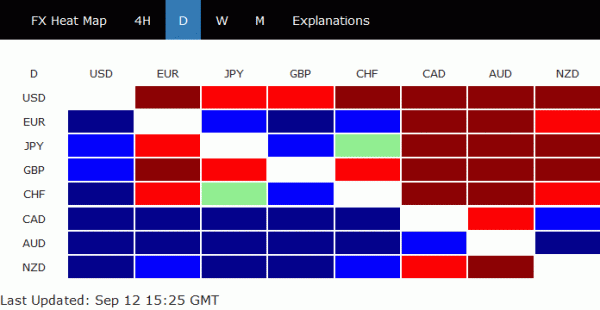
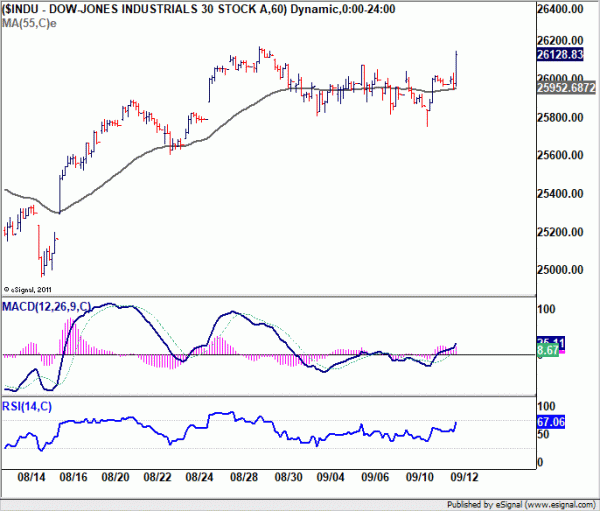
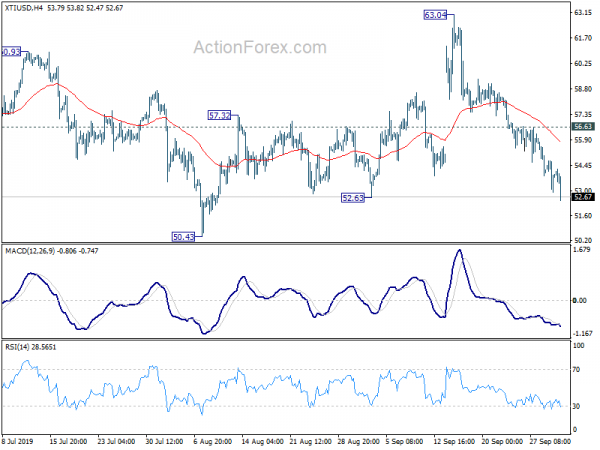
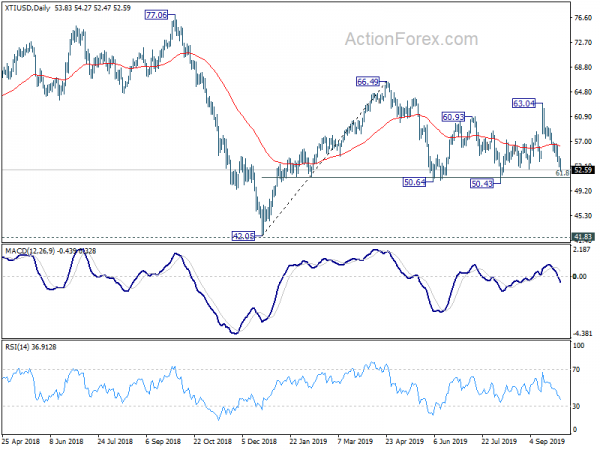
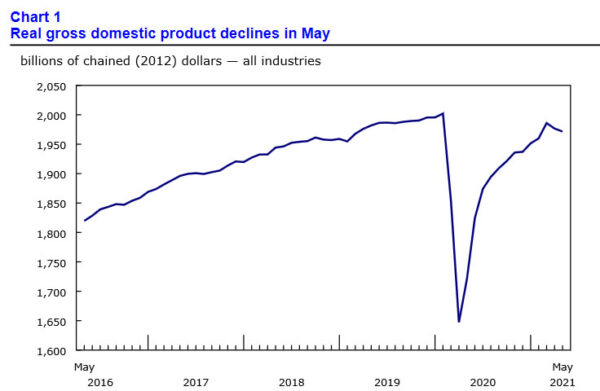
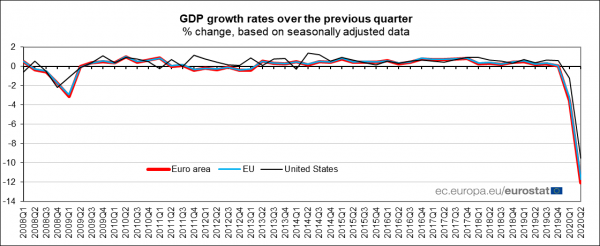
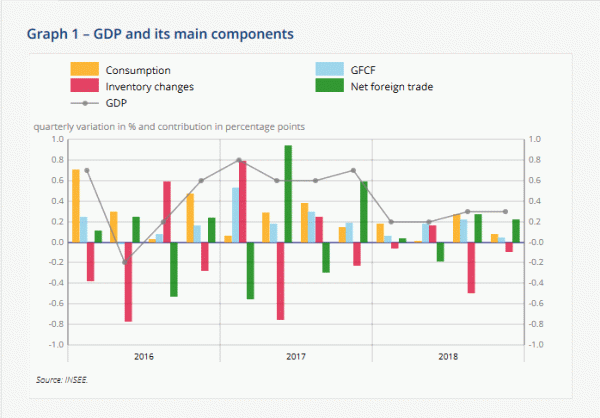
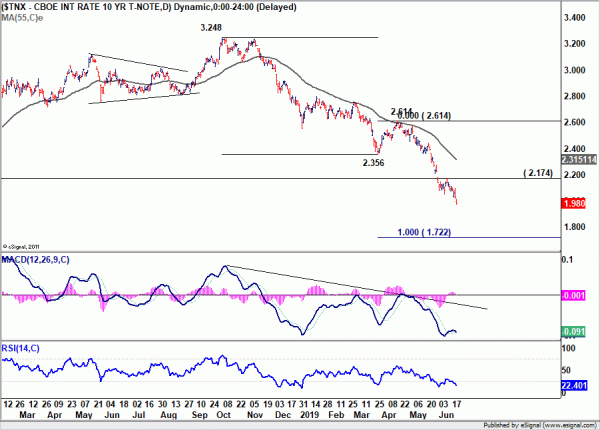
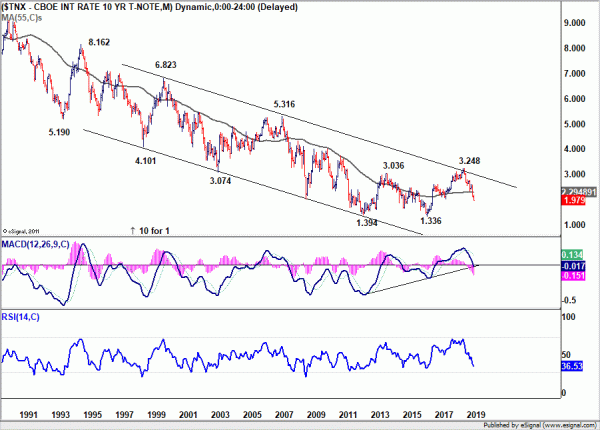
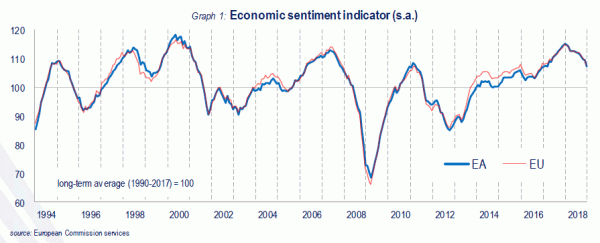
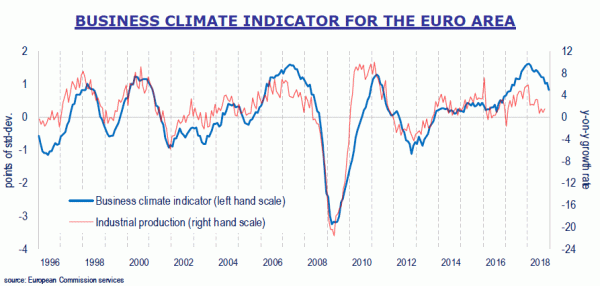
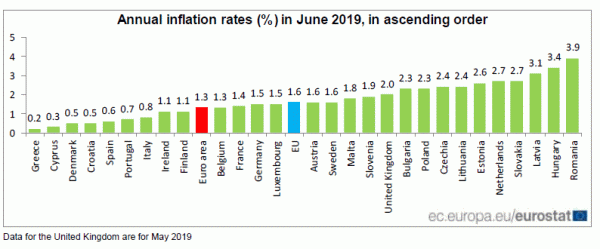
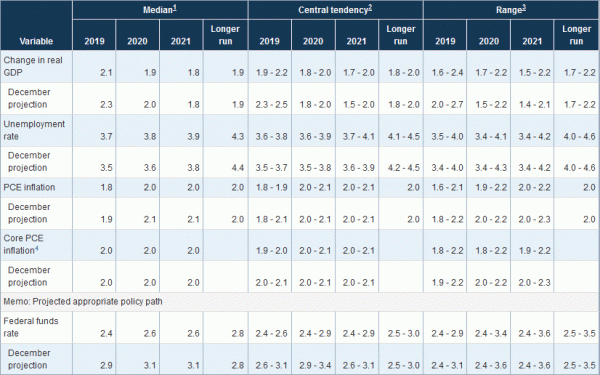
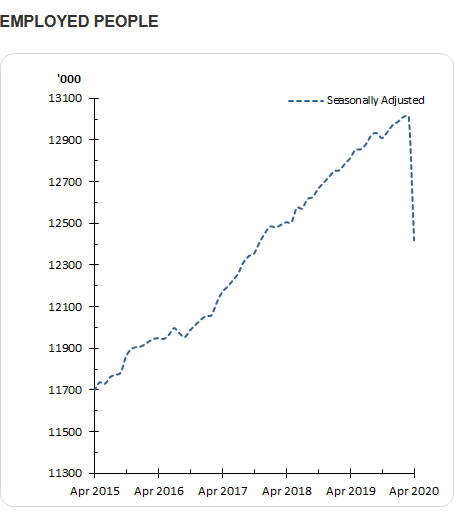
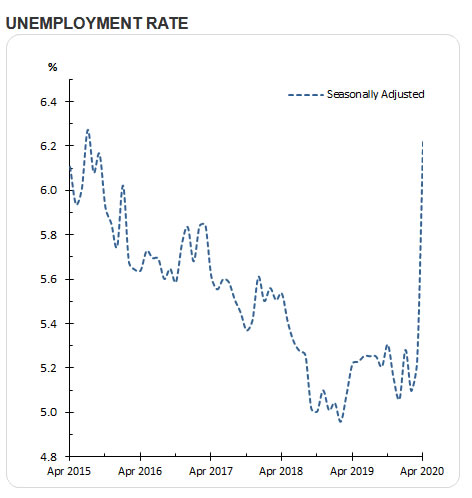
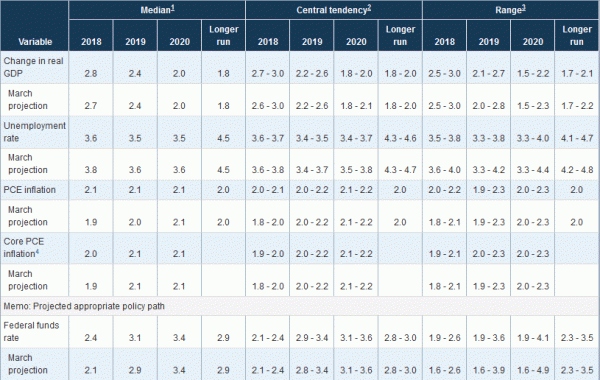
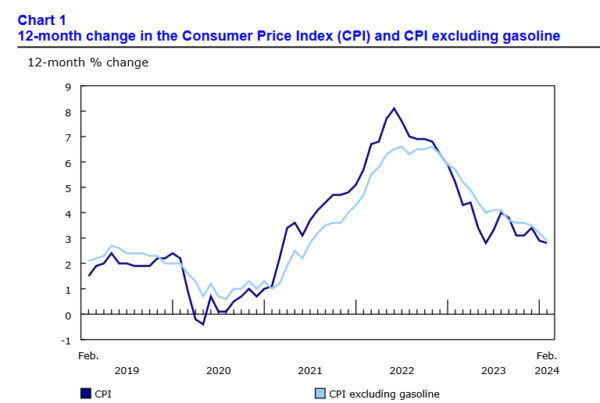



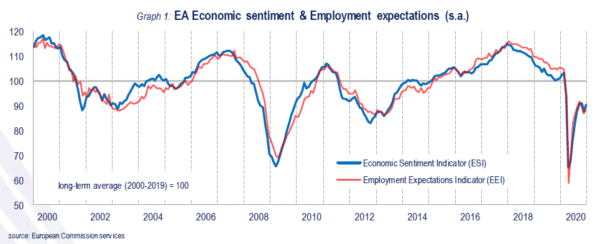
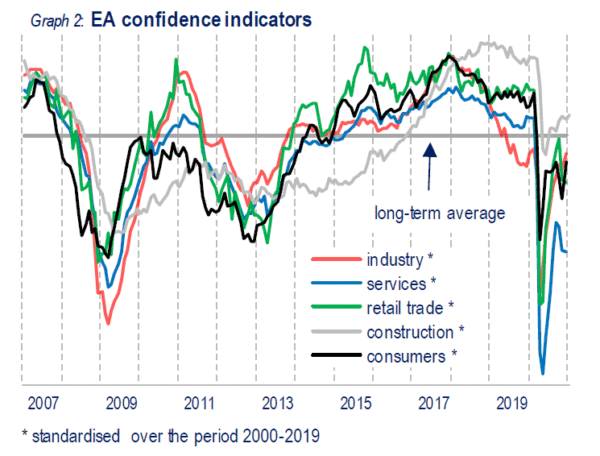
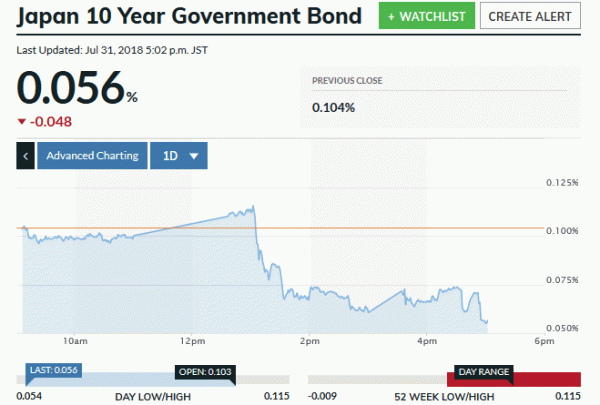

Fed’s Williams: Fed to stay data-dependent as outlook ahead is uncertain
New York Fed President John Williams suggested that, should the economy evolve as anticipated, it would be prudent to “dial back the policy restraint gradually over time, starting this year.”
However, he was quick to stress the inherent uncertainty in the economic outlook, underscoring the need for Fed to maintain a data-dependent approach.
“The outlook ahead is uncertain, and we will need to remain data-dependent,” he said in a speech, adding “I will remain focused on the data, the economic outlook, and the risks as we evaluate the appropriate path for monetary policy to best achieve our goals.”
Williams also touched upon inflation, projecting a continued but gradual decline towards Fed’s 2% target. He cautioned, however, that this trajectory might not be smooth, referencing “bumps along the way” evidenced by some recent inflation data.